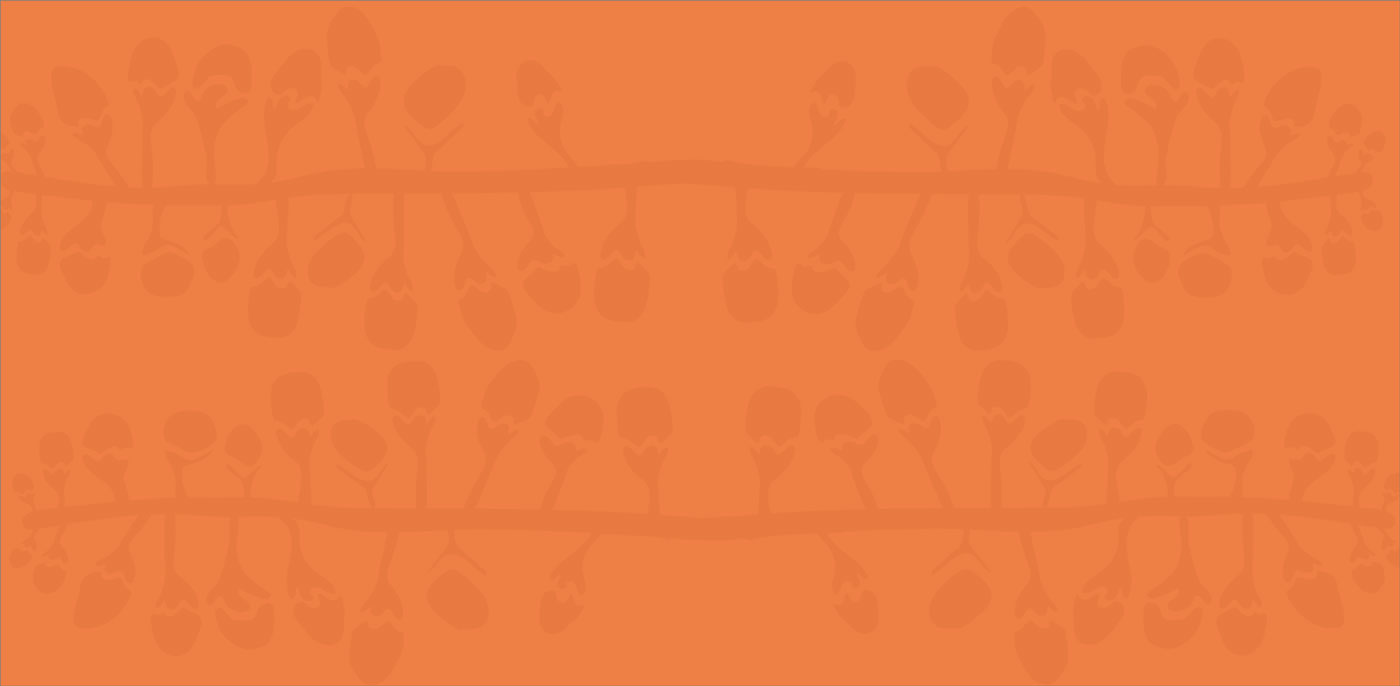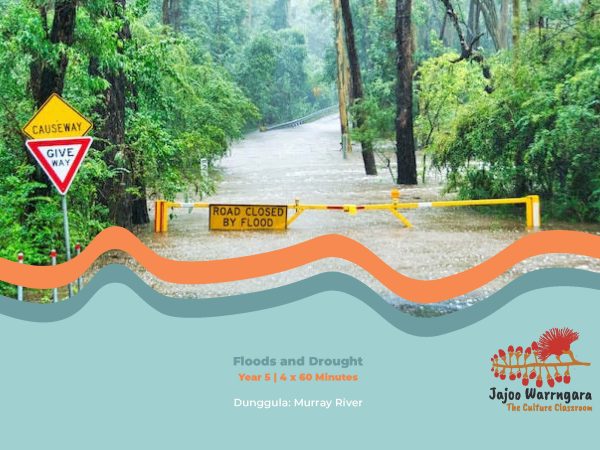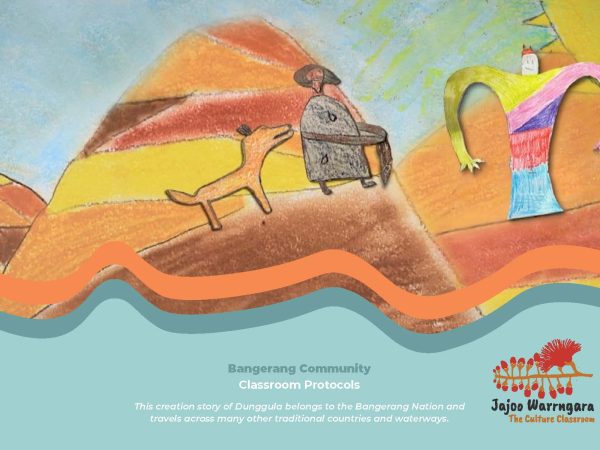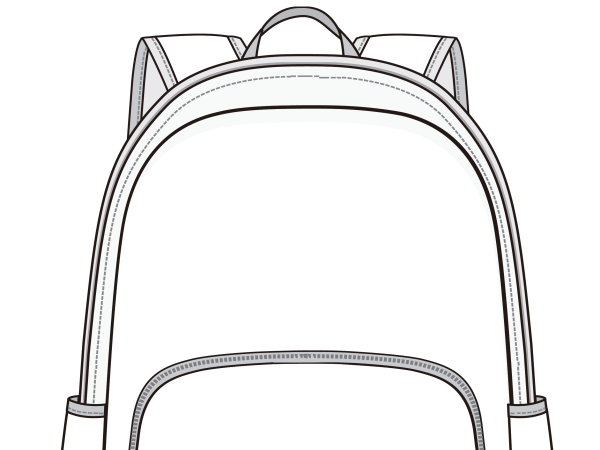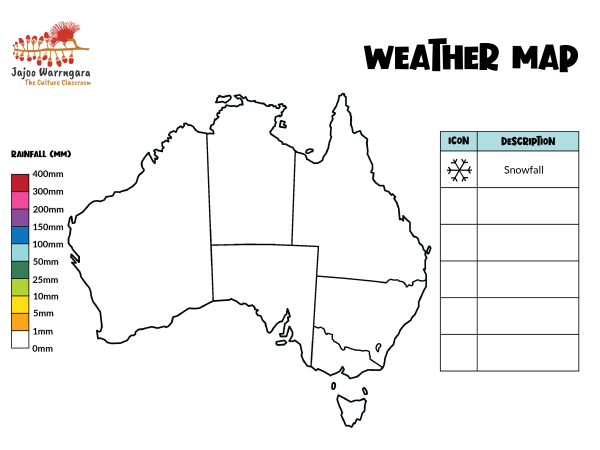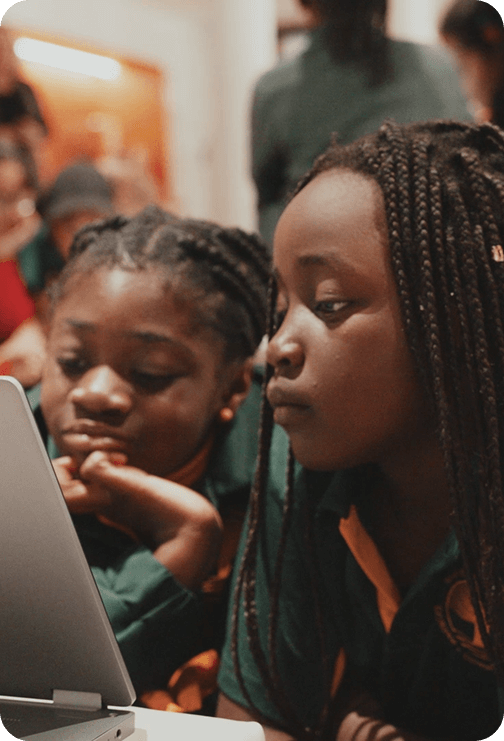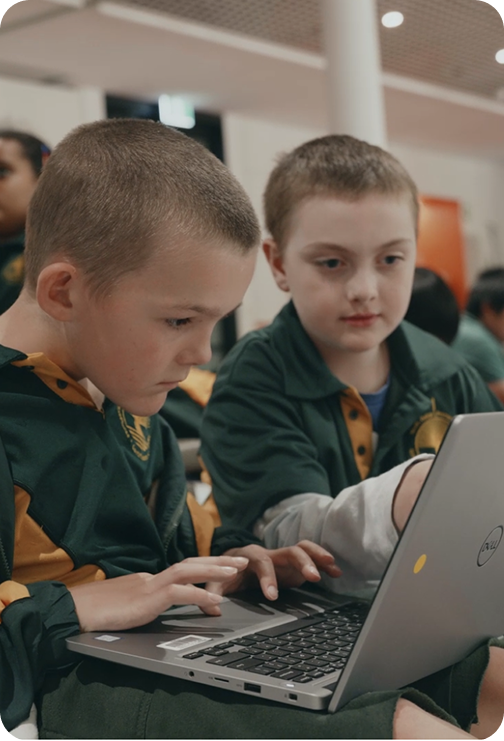AC9S5I01 Pose investigable questions to identify patterns and test relationships and make reasoned predictions
AC9S5I02 Plan and conduct repeatable investigations to answer questions, including, as appropriate, deciding the variables to be changed, measured and controlled in fair tests; describing potential risks; planning for the safe use of equipment and materials; and identifying required permissions to conduct investigations on Country/Place
AC9S5I03 Use equipment to observe, measure and record data with reasonable precision, using digital tools as appropriate
AC9S5I04 Construct and use appropriate representations, including tables, graphs and visual or physical models, to organise and process data and information and describe patterns, trends and relationships
AC9S5I05 Compare methods and findings with those of others, recognise possible sources of error, pose questions for further investigation and select evidence to draw reasoned conclusions


